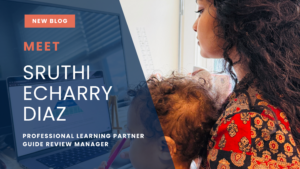Our work with school system leaders across the country consistently brings up the same recurring question:
How can we support teachers in implementing high-quality instructional materials with integrity when professional learning time is limited?
Leaders face the challenge of producing successful outcomes amidst packed timetables and juggling multiple initiatives.
Blue Engine supports school systems in developing classrooms where all students can access grade-level instruction. High-quality instructional materials (HQIM) are essential but not enough. The magic happens when educators are supported to bring those materials to life through planning, collaboration, and in-the-moment learning. With limited professional learning (PL) time, we help leaders embed that learning into what teachers already do—ensuring every minute is purposeful and every support is job-embedded.
What That Looks Like in Practice
We’ve seen what’s possible when a school brings clarity, commitment, and courage to its instructional vision. Roosevelt High School in Washington, D.C., partnered with us to expand access to grade-level ELA and math content.
The school was were implementing EngageNY and Illustrative Mathematics and had built strong foundations: a committed leadership team, experienced educators, and content-specific PLCs.
With 36% of students identified as multilingual learners (MLL), 16% as students with disabilities, and 75% classified as “at-risk,” Roosevelt faced a powerful opportunity and complex challenge: ensuring that every student could access grade-level content daily.
Like many schools, they aimed to turn good intentions into practical classroom experiences for multilingual learners and students with disabilities.
Teachers had planning templates, but without a consistent vision or space for collaboration, the impact was uneven. PL structures existed but were often siloed, with little time for real-time feedback and lesson internalization.
What impressed us most was Roosevelt’s willingness to name what wasn’t working and lean into change. Together, we defined the conditions needed to bring their inclusive vision to life. That included:
- Creating space for teachers to reflect on co-planning structures using clear protocols and data-driven conversations.
- Prioritizing application time in every development space, centering educator self-awareness and shared ownership of student outcomes.
- Redefining what it means to be “prepared”—beyond just showing up—to include pre/post thinking, constructive feedback, and collaborative action.
- Leading courageous instructional discussions grounded in the belief that every educator can grow.
Educators used checkpoints during lessons to address misunderstandings and eliminate learning obstacles. They set and monitored individual goals and used daily data to adjust instruction.
Leveraging What Already Exists
We didn’t create new structures—we enhanced Roosevelt’s existing ones. At the start of our partnership, Roosevelt had biweekly PLCs and dedicated MLL and SpEd spaces. Through strategic planning, we worked with leaders to align these teams, introducing tools to plan learning trajectories and connect adult development to student growth.
We supported the school in building a shared data culture. Instructional leaders became fluent in identifying high-leverage gaps and generating collaborative solutions.
At the teacher level, we focused on:
- Using common planning time to prepare intentionally for instruction.
- Identifying and collecting data aligned to Tier 1 instruction.
- Designing and refining small group interventions.
- Monitoring student progress through a goal-aligned system.
Instructional coaches also received targeted support to analyze plans, prioritize feedback, and lead cycles of practice and reflection.
What We’ve Learned
Roosevelt High School’s journey shows what’s possible when schools invest in people and take a systems-level approach to professional learning. Coaching is embedded in regular practice, and student outcomes are central.
Early outcomes are compelling. Multilingual learners in Blue Engine-supported classrooms made twice the growth in English Language Proficiency compared to peers. These students also showed higher growth in math and reading, as measured by MAP and Lexile assessments.
As Dr. Brown, Director of Specialized Instruction at Roosevelt, shared:
“Blue Engine has changed the trajectory for how Roosevelt High School attacks student learning and relationships with educators. We say we looked at data before—but now there’s an intense intentionality. I think… I KNOW Blue Engine is a huge part of that.”
It wasn’t about finding more time but about using existing time intentionally. Each teacher interaction builds professional capacity. Every planning conversation centers on students.
We don’t need silver bullets. We need partners willing to examine what they already have, ask hard questions, and commit to doing the work differently. That’s what Roosevelt did—and the impact continues to grow.





